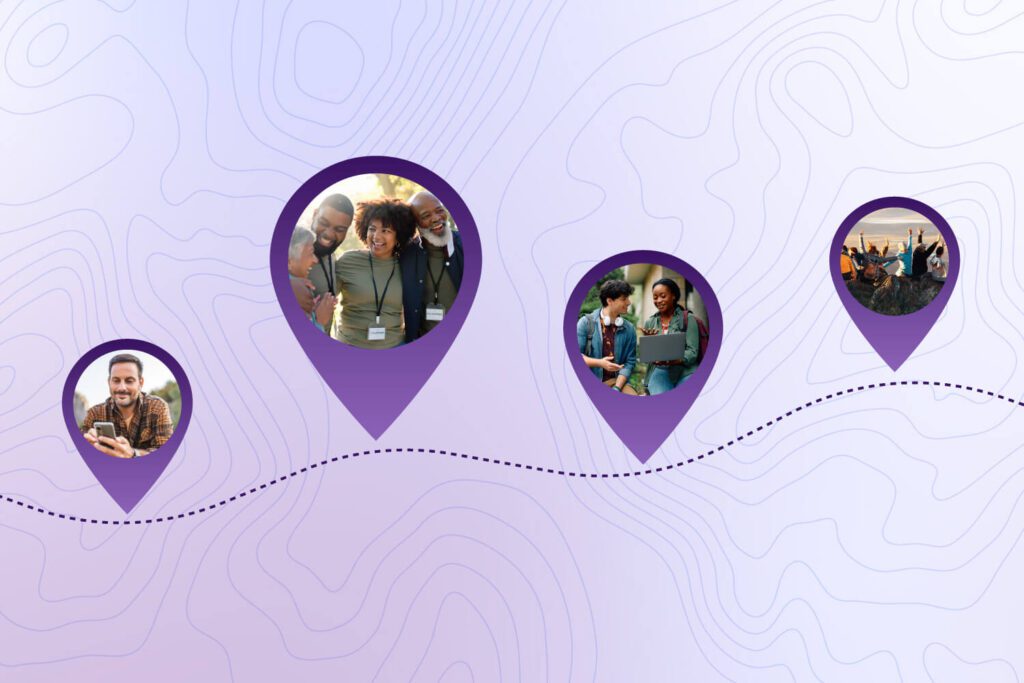It’s crucial to show your nonprofit organization’s donors how much you appreciate them, and the first step is creating a donor thank-you letter. This letter provides donors with a tangible record of their impact on your initiatives and helps your organization develop a positive relationship with them.
Showing your appreciation is an essential part of stewardship. To make your thank-you letters stand out and boost long-term retention, we’ve compiled the most important elements to include in every letter.
1. Emotional language
Your donors give because they feel emotionally invested in your cause. Write letters that reflect this emotion by using evocative, empowering language that highlights their impact on your nonprofit’s purpose. Include these stylistic elements to infuse your letters with the right emotions:- Action verbs. Your nonprofit organization’s main goal is to take action for your cause, and your language should reflect that. Avoid passive language and use action verbs instead to demonstrate how your supporters’ donations make a tangible difference.
- Personalized scope. Add a personal touch to your letter by addressing the specific type of support each donor has given. For instance, you could send a thank-you letter to volunteers who also donated, thanking them for their time and money. To achieve this effect, segment your donors based on giving history and keep your donor database up-to-date to reflect any new types of giving.
- Images of your beneficiaries. Images can communicate across language barriers and age gaps. Effective visuals evoke emotion and add personality to your letter. Show donors how their support makes a difference by using images from a recent fundraiser or of beneficiaries.
- Beneficiary spotlights. Take every opportunity to include updates from your beneficiaries, such as a blurb from an aid recipient expressing their gratitude or an entire thank-you letter addressed from a beneficiary. Forging a connection between your donors and aid recipients humanizes your cause, making donors more likely to help out again in the future.
2. A donor-centric, personalized approach
While it’s important to educate new supporters about your purpose, try not to overload them with too much information. Your letter is about your donors and the impact they just made by giving to your cause. Building a personal relationship with your supporters makes it more likely that they’ll think of your organization positively and give again in the future. Try to learn as much about your donors as possible and incorporate these details in your letters. For instance, you might include a handwritten note along with the general thank-you letter asking how the donor’s doing and inviting them to come to an event they’ve enjoyed in the past. To ensure your letters are sincere, make an effort to get to know your supporters outside of the fundraising process. Consider hosting donor appreciation events where you can have one-on-one conversations with supporters.3. Dynamic content
Your donors will notice if you keep sending the same thank you email after their 10th donation, so it’s crucial to vary your letters’ content. Here are some tips for keeping your letters fresh:- Include pictures and blurbs about recent fundraising events.
- Change who the letter is from. Address letters from your nonprofit’s president, development director, board chair, or a beneficiary.
- Discuss the impact of current events on your organization.
This year, your recurring contributions have allowed us to provide shelter, supplies, and meals to more than 60 women and children in Carroll County. Your donation will help us as we expand to provide services to 100 people in need next month.Segmented communications allow you to more accurately express the impact of each gift by sharing specific metrics in your donation thank-you letters. These numbers resonate with supporters and show them that you’re paying attention to their unique giving journeys.
4. A speedy delivery schedule
Send donation thank-you letters as quickly as possible to make your donors feel seen, heard, and remembered. For best results, aim to send out your thank-you letters in weekly batches. This schedule allows you to stay organized while also thanking donors quickly. To make the process run smoothly, ensure you’re practicing good data hygiene. Follow these steps to keep your data organized and help you reach out to donors quickly with the right information:- Audit your database to locate outdated or duplicate records
- Remove incorrect or outdated mailing addresses
- Append outstanding contact data
Make your donor thank-you letters stand out
Ultimately, your ability to write amazing donation thank-you letters will set you apart from other nonprofit organizations. Show your gratitude by paying attention to your donors, then reach out to them in the months after they make a donation to remind them of your work and continue forging relationships.
Ready to Get Started?




